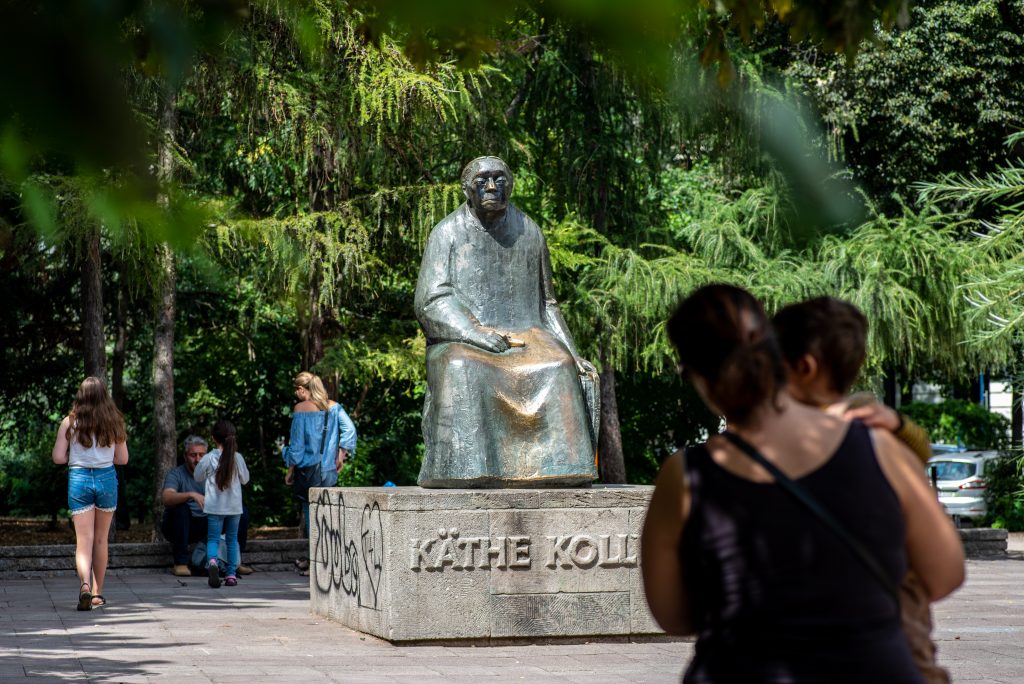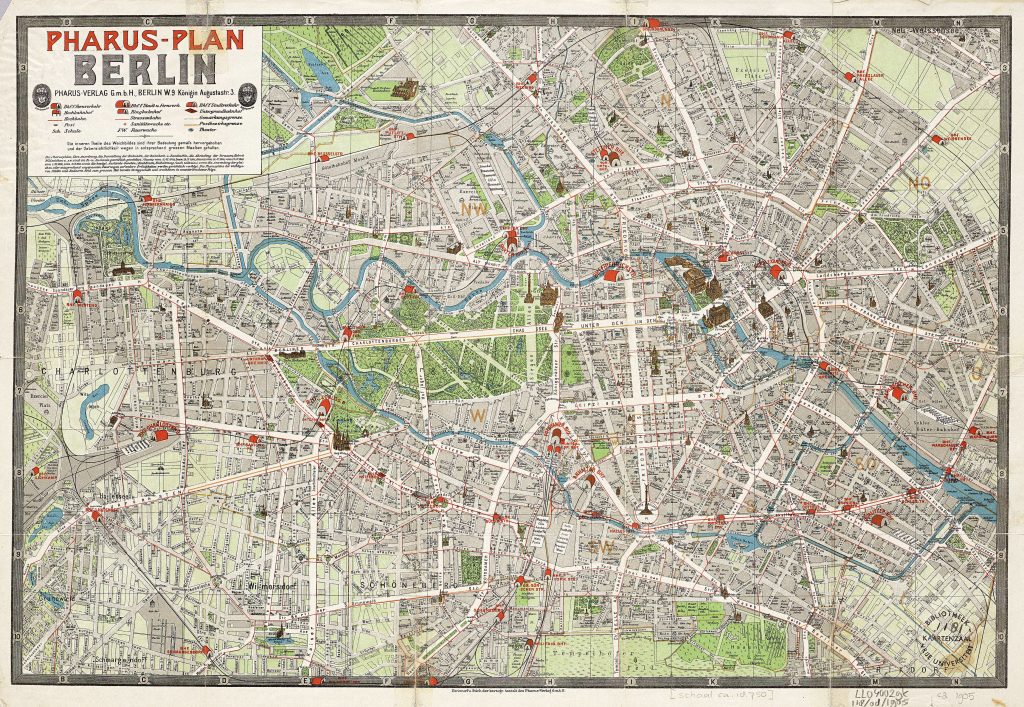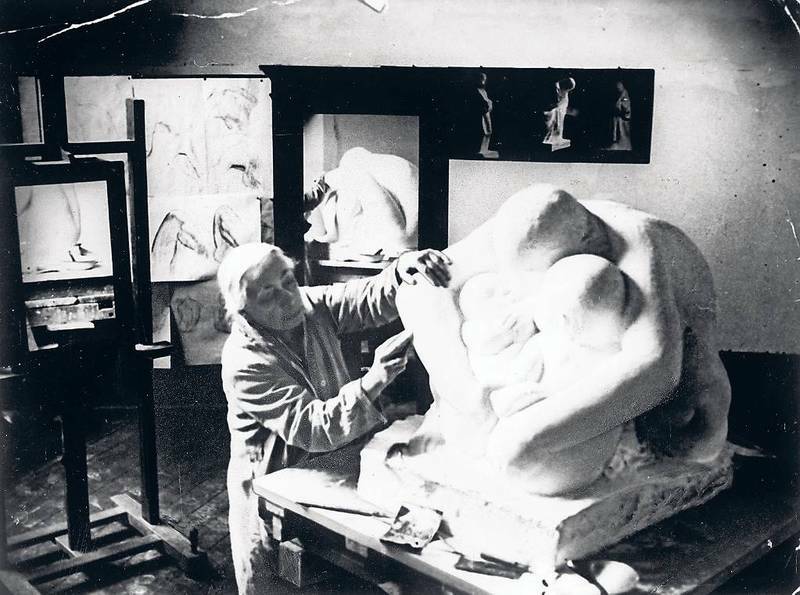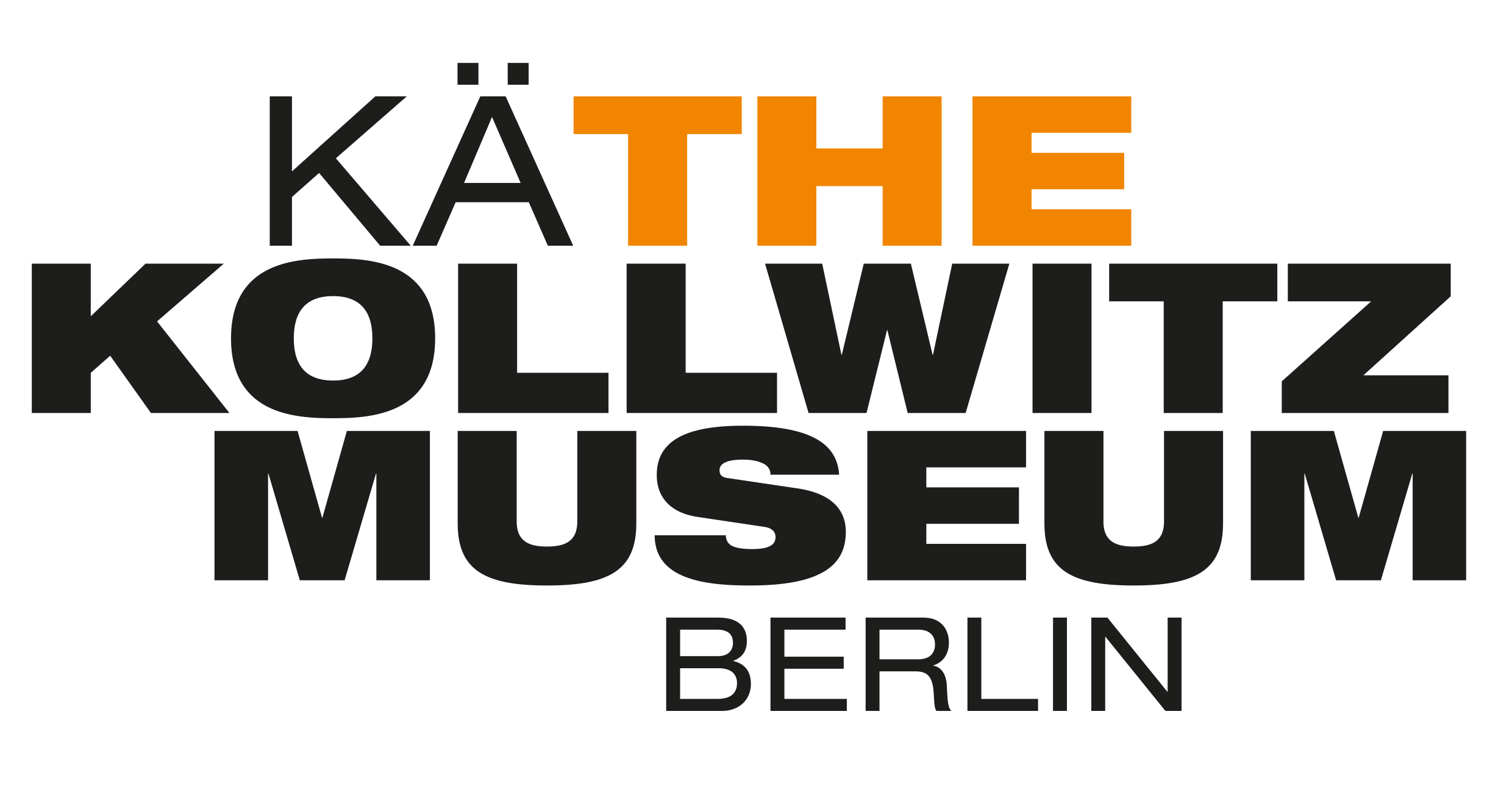In the footsteps of Käthe Kollwitz in Berlin
Käthe Kollwitz’s significance and legacy can be seen in a variety of places. Some exist almost unchanged, others are unrecognizable today. We have compiled the most interesting ones for you and invite you to discover the traces of the artist in Berlin.

Berlin is the city where Käthe Kollwitz lived and worked for over fifty years. It was here that her artistic work, characterized by deep humanity, came into being. Even today, viewers of her work describe the feelings they evoke as overwhelming, often oppressive – and unchanged in their topicality.
Death, misery, pain, injustice – Käthe Kollwitz dealt with these existential situations throughout her life and regularly visited places in the city where they were particularly visible or where people were particularly concerned with them.

Historical city map of Berlin around 1904 When Käthe Kollwitz moved to Berlin in 1891 as a newlywed at the age of 24, the city had about 2 million inhabitants, but the population was growing rapidly. In 1920, there were 3.8 million inhabitants, as many again today. At the time, Berlin was a vibrant metropolis with new transportation, modern architecture, a productive economy, and large crowds flooding the streets daily. But the Berlin that Käthe Kollwitz captured in her works was not a city of movement, where people went to work or came home. The hardships, the grievances were quietly reflected in individual places. public domain, Pharus-Verlag G.m.b.H.
Place of work and inspiration
The most important factors for the artist were her family, her job and the workers in the city, which she did not get tired of watching. However, it was not only her apartment, studio, and art school – places where Kollwitz had lived and worked – that were significant for her life in Berlin, but also those that inspired her, such as Berlin’s narrow backyards, the women’s prison, a homeless asylum, or socially critical material at the city’s theaters.
Some of these places are easily recognizable in her works, but often they cannot be assigned. Tired people, striking workers, sick people – Kollwitz had found the connection between unemployment, illness, hunger and too few women’s rights in various corners of Berlin.


